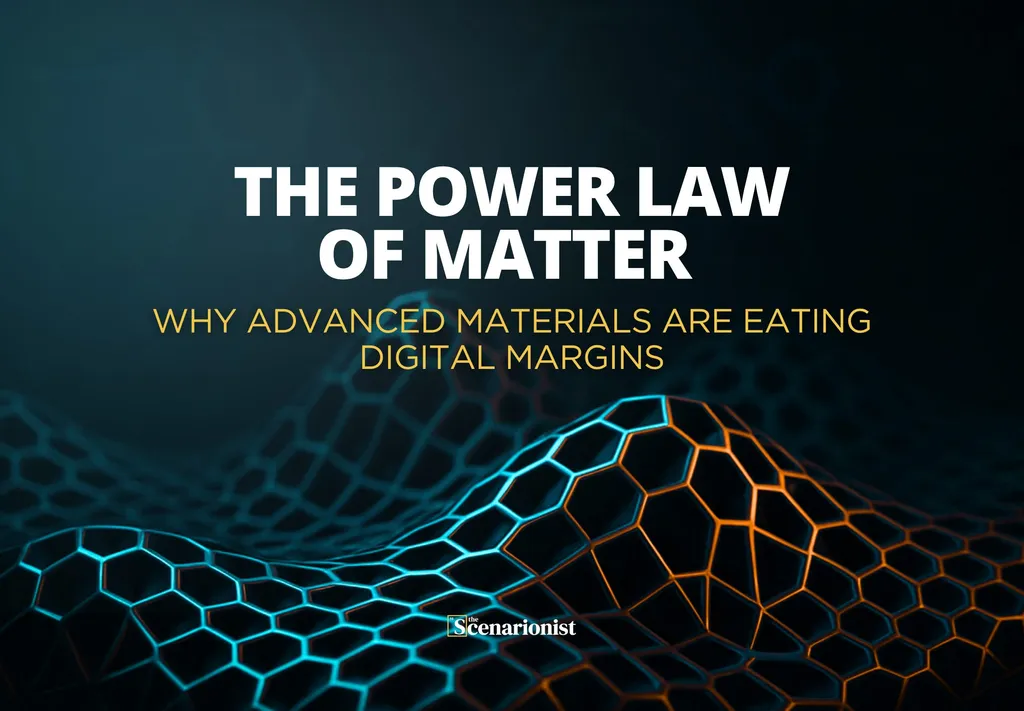In the world of materials science, understanding the intricate dance of atoms within metals can lead to groundbreaking advancements, particularly in the energy sector. A recent study published in the journal *Materials Research Express* (translated from German as “Materials Research Express”) sheds light on the interactions of 4d elements within a nickel matrix, offering insights that could revolutionize the development of nickel alloys and nickel-base superalloys.
Dr. Martin Bäker, a researcher at the Institut für Werkstoffe in Braunschweig, Germany, led the study that employed density functional theory to calculate the interaction energy of 4d elements (from Yttrium to Cadmium) in a nickel matrix. The findings reveal a complex interplay of forces that could have significant implications for the design of advanced materials used in energy generation and storage.
The study found that nearest-neighbour interactions are strongly repulsive for elements with a low number of d electrons and attractive for those with an average of 5 d electrons. This interaction energy correlates with changes in bond order and bond length, providing a deeper understanding of the fundamental properties of these alloys.
“By understanding these interactions, we can better predict the phase stability of nickel alloys, which is crucial for their performance in high-temperature and high-stress environments,” Bäker explained. This is particularly relevant for the energy sector, where materials must withstand extreme conditions in applications such as gas turbines, nuclear reactors, and other energy conversion systems.
The research also revealed that the next-nearest neighbour interaction is attractive for elements with a low number of d electrons, accompanied by a charge concentration between the elements. This finding could lead to the development of new alloys with enhanced properties tailored for specific applications.
“Qualitatively, the interaction energy is related to the third moment of the density of states of the nickel atoms connecting the two alloying elements,” Bäker noted. This insight could pave the way for more efficient and cost-effective materials design, reducing the need for trial-and-error experimentation.
While interactions at greater distances are generally weak, the study found that the third-nearest neighbour interaction energy can be related to that of the second-nearest neighbours. This hierarchical relationship could provide a framework for predicting the behavior of more complex alloy systems.
The implications of this research extend beyond theoretical understanding. By providing a clearer picture of the atomic interactions within nickel alloys, the study offers a roadmap for developing materials with improved strength, durability, and resistance to degradation. This could lead to more efficient energy systems, reduced material costs, and enhanced safety in energy applications.
As the energy sector continues to evolve, the demand for advanced materials that can withstand extreme conditions will only grow. The insights gained from this research could play a pivotal role in shaping the future of materials science, particularly in the development of nickel alloys and nickel-base superalloys.
In the words of Bäker, “This work is a step towards a more fundamental understanding of the interactions in nickel alloys, which can guide the development of new materials for energy applications.” With the publication of this research in *Materials Research Express*, the scientific community now has a valuable tool to advance the frontiers of materials science and engineering.

